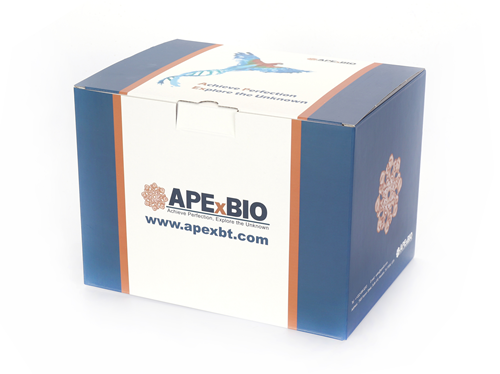Recombinant Human Sonic Hedgehog/Shh
Sonic Hedgehog (Shh) is expressed in embryonic tissues that are critical for the patterning of the developing central nervous system, somite, and limb. It is also involved in whisker, hair, foregut, tooth, and bone development. Shh regulates neural and hematopoietic stem cell fate and is important for thymocyte differentiation and proliferation as well as T cell determination. In adult tissue Shh is associated with cancer development and tissue remodeling following injury [1-3]. Human Shh encodes a 462 amino acid (aa) precursor protein that is autocatalytically processed to yield a non-glycosylated 19 kDa N-terminal fragment (Shh-N) and a glycosylated 25 kDa C-terminal protein (Shh-C) [4]. Shh-C, which is responsible for the intramolecular processing of Shh, is rapidly degraded following Shh proteolysis [5]. Shh-N is highly conserved, sharing >98% aa identity between mouse, human, rat, canine, porcine, and chicken Shh-N. Shh-N can be palmitoylated at its N-terminal cysteine and modified by cholesterol addition at its C-terminus [6]. These modifications contribute to the membrane tethering of Shh as well as its assembly into various sized multimers [6-9]. Lipid modification and multimerization greatly increase Shh-N receptor binding affinity and signaling potency [5, 6, 8, 9]. Monomeric and multimeric Shh can be released from the plasma membrane by the cooperative action of DISP1, SCUBE2, and TACE/ADAM17 [10-12]. Modifications also extend the effective range of Shh functionality and are required for the development of protein gradients important in tissue morphogenesis [9, 13]. Canonical signaling of Shh is mediated by a multicomponent receptor complex that includes Patched (PTCH1, PTCH2) and Smoothened (SMO) [14].
Reference
[1]. Briscoe, J. and P.P. Therond (2013) Mol. Cell. Biol. 14:416.
[2]. Aviles, E.C. et al. (2013) Front. Cell. Neurosci. 7:86.
[3]. Xie, J. et al. (2013) OncoTargets Ther. 6:1425.
[4]. Marigo, V. et al. (1995) Genomics 28:44.
[5]. Zeng, X. et al. (2001) Nature 411:716.
[6]. Feng, J. et al. (2004) Development 131:4357.
[7]. Goetz, J.A. et al. (2006) J. Biol. Chem. 281:4087.
[8]. Pepinsky, R.B. et al. (1998) J. Biol. Chem. 273:14037.
[9]. Pepinsky, R.B. et al. (1998) J. Biol. Chem. 273:14037.
[10]. Chen, M.-H. et al. (2004) Genes Dev. 18:641.
[11]. Etheridge, L.A. et al. (2010) Development 137:133.
[12]. Jakobs, P. et al. (2014) J. Cell Sci. 127:1726.
[13]. Dierker, T. et al. (2009) J. Biol. Chem. 284:8013.
[14]. Lewis, P.M. et al. (2001) Cell 105:599.
|
Accession # |
Q15465 |
|
Alternate Names |
Shh;HHG1; HHG-1; HLP3; HPE3; MCOPCB5;Sonic Hedgehog; TPT; TPTPS |
|
Source |
Human embryonic kidney cell, HEK293-derived human Sonic Hedgehog/Shh protein |
|
Protein sequence |
Cys24-Gly197 |
|
M.Wt |
19.6 kDa |
|
Appearance |
Solution protein. |
|
Stability & Storage |
Avoid repeated freeze-thaw cycles. It is recommended that the protein be aliquoted for optimal storage. 3 years from date of receipt, -20 to -70 °C as supplied. |
|
Concentration |
0. 2 mg/mL |
|
Formulation |
Dissolved in sterile PBS buffer. |
|
Reconstitution |
We recommend that this vial be briefly centrifuged prior to opening to bring the contents to the bottom. This solution can be diluted into other aqueous buffers. |
|
Biological Activity |
Measured by its ability to induce alkaline phosphatase production by C3H10T1/2 mouse embryonic fibroblast cells. The EC50 for this effect is typically 5-15 ng/mL. |
|
Shipping Condition |
Shipping with dry ice. |
|
Handling |
Centrifuge the vial prior to opening. |
|
Usage |
For Research Use Only! Not to be used in humans. |
Quality Control & DataSheet
- View current batch:
-
Purity > 95%, determined by SDS-PAGE.
- Datasheet
Endotoxin: <0.010 EU per 1 ug of the protein by the LAL method.








